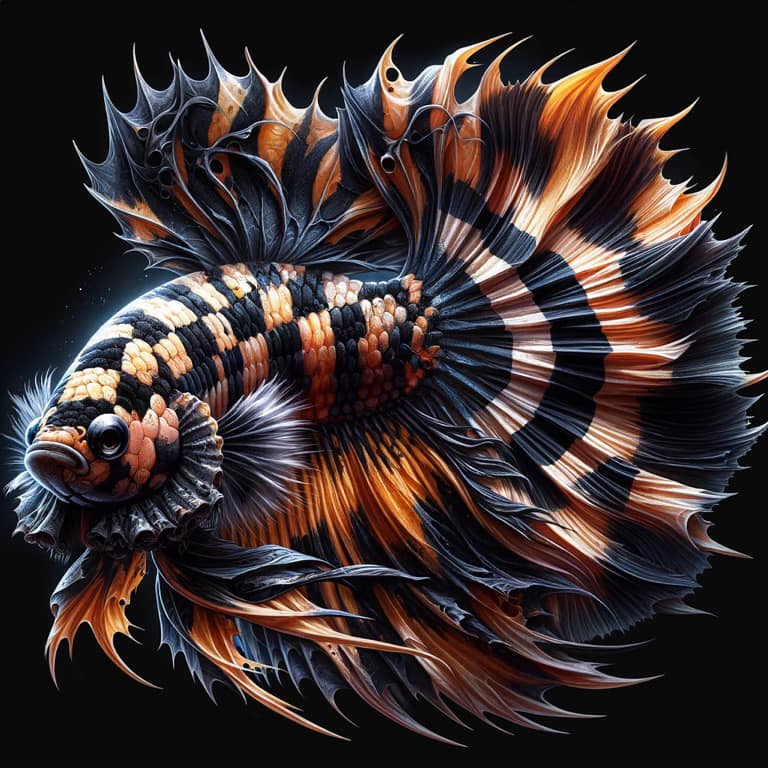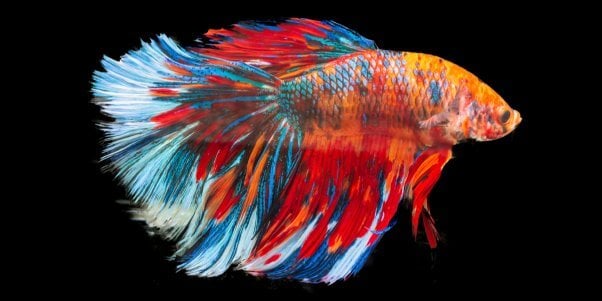Betta Fish Lifespan: How to Ensure Your Betta Lives Longer
Betta Fish Lifespan: How to Ensure Your Betta Lives Longer
Blog Article
Reproducing Betta Fish: a Comprehensive Step-By-Step Guide to Successfully Raising Baby Bettas From Eggs to Their Adult Years
Breeding Betta fish is a careful undertaking that needs mindful planning and execution to make certain the successful growth of fry from eggs to mature fish. Selecting genetically varied reproduction pairs with preferable characteristics is only the start; developing an optimal atmosphere and recognizing the intricacies of the breeding procedure are just as essential. As the male Betta carefully constructs a bubble nest and guards the priceless eggs, the subsequent stages of care and shift need focus to information and knowledge of best methods. Just how does one browse the tough yet rewarding path of nurturing these lively animals to adulthood?

Selecting Reproduction Pairs
When starting the journey of breeding Betta fish, picking the ideal reproduction pairs is important to achieving desirable attributes and a healthy family tree - betta fish. The primary step in this procedure is to determine the particular qualities you desire to improve or preserve, such as color, fin kind, and body shape. It is vital to pick genetically diverse sets to prevent inbreeding, which can lead to wellness issues and unwanted qualities
Review prospective reproducing candidates carefully. A healthy and balanced male Betta should display vibrant colors, an energetic attitude, and well-formed fins, while the female must also show vivid pigmentation and a rounded stubborn belly, showing preparedness for spawning. Observing the personality of both fish is vital, as hostile or overly timid people may not reproduce effectively.
Documents of lineage is just as essential. Keeping documents of the moms and dad fish's ancestry can help you track hereditary qualities and prospective issues. In addition, seek advice from trustworthy dog breeders or online sources for support on choosing compatible pairs. Ultimately, spending time in the option process will dramatically boost the probability of producing solid, vivid children that satisfy your breeding goals (betta fish).

Preparing the Breeding Storage Tank
Producing an optimum breeding environment is a crucial action after choosing suitable sets for Betta fish. The breeding tank should be especially created to provide convenience and boost the natural breeding habits of the fish. Beginning with a storage tank dimension of at least 10 gallons to make sure ample space for both the male and women Bettas.
Maintain a mild filtering system to keep the water tidy while avoiding strong currents that can emphasize the fish. Additionally, an air rock can be contributed to offer oxygenation without disrupting the water surface way too much.
Temperature level law is critical; aim for a steady variety of 78-82 ° F(25-28 ° C) using a reputable heater. The pH degree should be preserved between 6.5 and 7.5, and routine water modifications are required to make sure high water quality.
Integrate floating plants or spawning mops to develop concealing places for the female, while also urging bubble nest building by the man - betta fish. Guarantee the storage tank is cost-free from sharp decorations and any potential risks, as the welfare of the fish must constantly be focused on during this vital stage of reproduction.
The Reproduction Refine
Normally, the reproducing procedure for Betta fish entails a collection of distinctive and visible actions that show preparedness for recreation. The male Betta starts by developing a bubble nest at the water's surface area, which functions as a website for the fertilized eggs. This nest is important, as it gives a risk-free environment for the eggs till they hatch.
Once the nest is developed, the male will display courtship behaviors, such as flaring his fins and exhibiting vibrant shades to bring in the woman. The woman, upon sensing the male's preparedness, will certainly respond by displaying vertical red stripes along her body, indicating her receptiveness.
The fed eggs then drop to the bubble nest, where the male thoroughly collects and returns them to the nest. Following this, the male thinks obligation for securing the nest and making sure the safety of the eggs till they hatch, typically within 24-36 hours.
Taking Care Of Betta Fry
Caring for Betta fry calls for careful focus to their environment and nutrition to make certain healthy development and growth. After hatching out, Betta fry are incredibly tiny and susceptible, necessitating a stable and clean habitat.
Feeding Betta fry is similarly vital. They ought to be provided infusoria or finely crushed top notch fry food, as their mouths are too tiny to handle bigger fragments. As they grow, you can progressively present bigger foods, such as infant brine shrimp or powdered flakes, to ensure they receive sufficient nutrition. Feed them small amounts numerous times a day, being mindful not to overfeed, which can bring click for more info about water top quality concerns.
Transitioning to Adult Bettas
As Betta fry mature, transitioning them to adult Bettas is a crucial phase that calls for mindful administration of their atmosphere and social interactions. This procedure commonly starts when the fry reach around six weeks old, at which factor they can be slowly introduced to an extra organized living atmosphere.
To promote this transition, it is necessary to guarantee that the water parameters-- such as temperature level, pH, and ammonia degrees-- are ideal and stable. Grown-up Betta fish thrive in cozy water (around 78-80 ° F) with a pH visit here of 6.5 to 7.5. Gradually accommodate the fry to these conditions to decrease tension.
Social communications are another vital factor; man Bettas are infamously territorial and aggressive. It is suggested to separate males right into individual storage tanks as they mature. Women Bettas can be housed with each other, but treatment needs to be taken to keep an eye on for indicators of aggression.
Furthermore, nutritional adjustments ought to be made as the fry expand. Include premium pellets and live foods to sustain their development and health. By managing these aspects properly, you can promote a successful shift to their adult years for your Betta fish.

Final Thought
Successful breeding of Betta fish requires mindful focus to information throughout the whole process, click over here now from selecting genetically diverse sets to giving optimum take care of fry. By making sure ideal breeding conditions and keeping water top quality, the probability of healthy offspring raises dramatically. Furthermore, a balanced diet and steady adaptation to adult settings are important for the growth and growth of Betta fish. Complying with these steps diligently fosters a growing populace of Betta fish, improving both their health and wellness and vigor.
Report this page